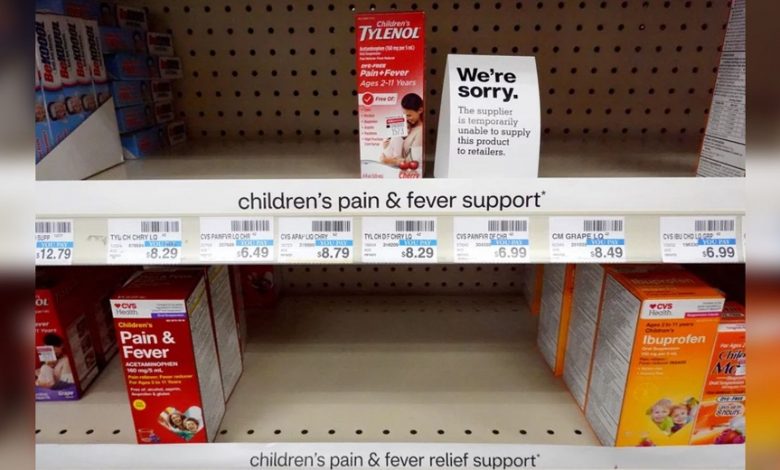Drug stores limit purchases amid a nationwide shortage of children’s medicine

Medication shortages can occur for a variety of reasons, including production delays, raw material shortages, or issues with the supply chain, such as transportation disruptions or import restrictions. In some cases, shortages may also be caused by an unexpected increase in demand.
At a time when COVID-19, RSV, and flu cases are increasing, the demand for over-the-counter medicine has also gone up, contributing to a nationwide shortage of medicines. People in the United States have noticed a low supply of medicines. Just as the flu season has hit hard and early this year, there have been reports of shortages of over-the-counter pain relievers and medicines across the country, particularly for children.
The increased demand for medicines prompted several drugstore chains to limit customers’ purchases. For example, CVS Health has limited the number of children’s pain relief medicines that may be purchased at its pharmacies or online to a maximum of two items per transaction, while Walgreens has placed a six-product limit on children’s pain relief medicines for online purchases.
Health experts say the nationwide shortage of medicines could persist through the winter cold and flu season but should not last as long as other shortages of baby formula or prescription drugs. They are advising parents not to panic because these medicines only alleviate the pain and discomfort a child experiences, and their children will not experience any form of complications if the medicine is not given.
In an effort to combat the problem, the U.S. government released doses of prescription flu medicine from the Strategic National Stockpile.




